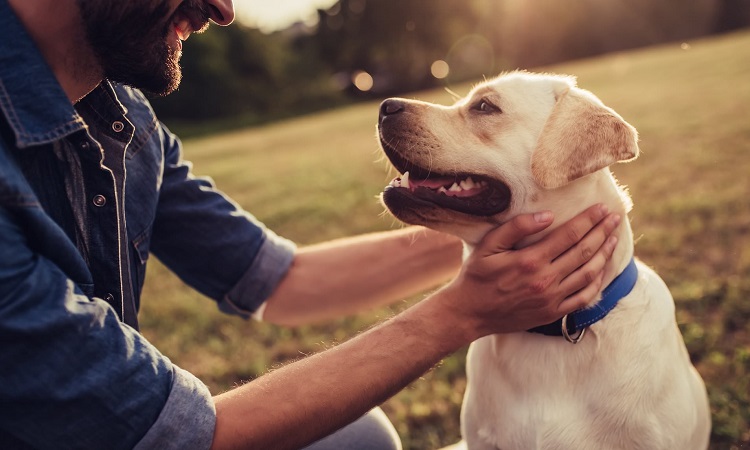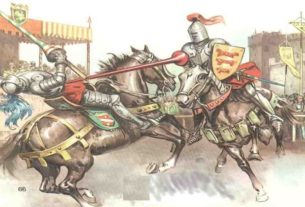From the Great Dane to the Chihuahua, Newfoundland, Shih Tzu, Beagle, Husky, and Border Collie, there are now many dog breeds that differ in size, but also character. Researchers at Harvard University (USA) have, for the first time shown that human interventions have changed the brains of dogs that have shared their lives for millennia. “It shows how humans are changing the world around them,” says Erin Hecht, a neuroscientist at Harvard.
To reach this conclusion, neuroscientists examined brain MRIs of 63 dogs belonging to 33 different breeds. First observation: the shape and size of the brain vary from one breed to another. Thus, the Lhasa apso brain appears round and occupies a large part of the dog’s skull. That of the golden retriever is more elongated and does not fill the whole space.
Beyond that, the researchers were able to identify neuroanatomical characteristics correlated to different behaviors. For example, the ratio of dogs – that hunters use to seek and report the drawn game – like the golden retriever, seem to have developed a dense network in the regions involved in vision, the movement of the eyes and moving in space.
Better understand the human brain
Finally, by examining areas of the brain with strong anatomical variations, neuroscientists have managed to distinguish six brain networks whose structure seems to correlate with specific types of behavior: reward, olfaction, eye movement, social action and superior cognition, fear and anxiety and smells and vision.
And some links surprised the researchers. Thus, the ability to hunt by smell is not associated with the anatomy of the olfactory bulb, but rather with regions involved in the complex treatment of odors. “It’s not about these dogs detecting an odor, but about deciding what to do with that information,” says Hecht. Statistical analysis also concluded that brain variations appeared relatively recently in the dog family tree, suggesting that “the evolution of the dog ‘s brain had to occur rapidly.”
These works should help to understand the evolution of the human brain better. Erin Hecht puts forward the example of border collie and its propensity to learn how to gather herds of sheep even though this behavior is in no way innate. It compares it to language in the human being because babies can not speak at birth but have a strong predisposition to learn a language. “If we can understand how evolution has incorporated these skills into the brains of dogs, it could help us understand how humans have developed the skills that separate us from other animals,” concludes Erin Hecht.
Source: https://dailyresearchnews.com/how-we-transformed-the-dogs-brain/




